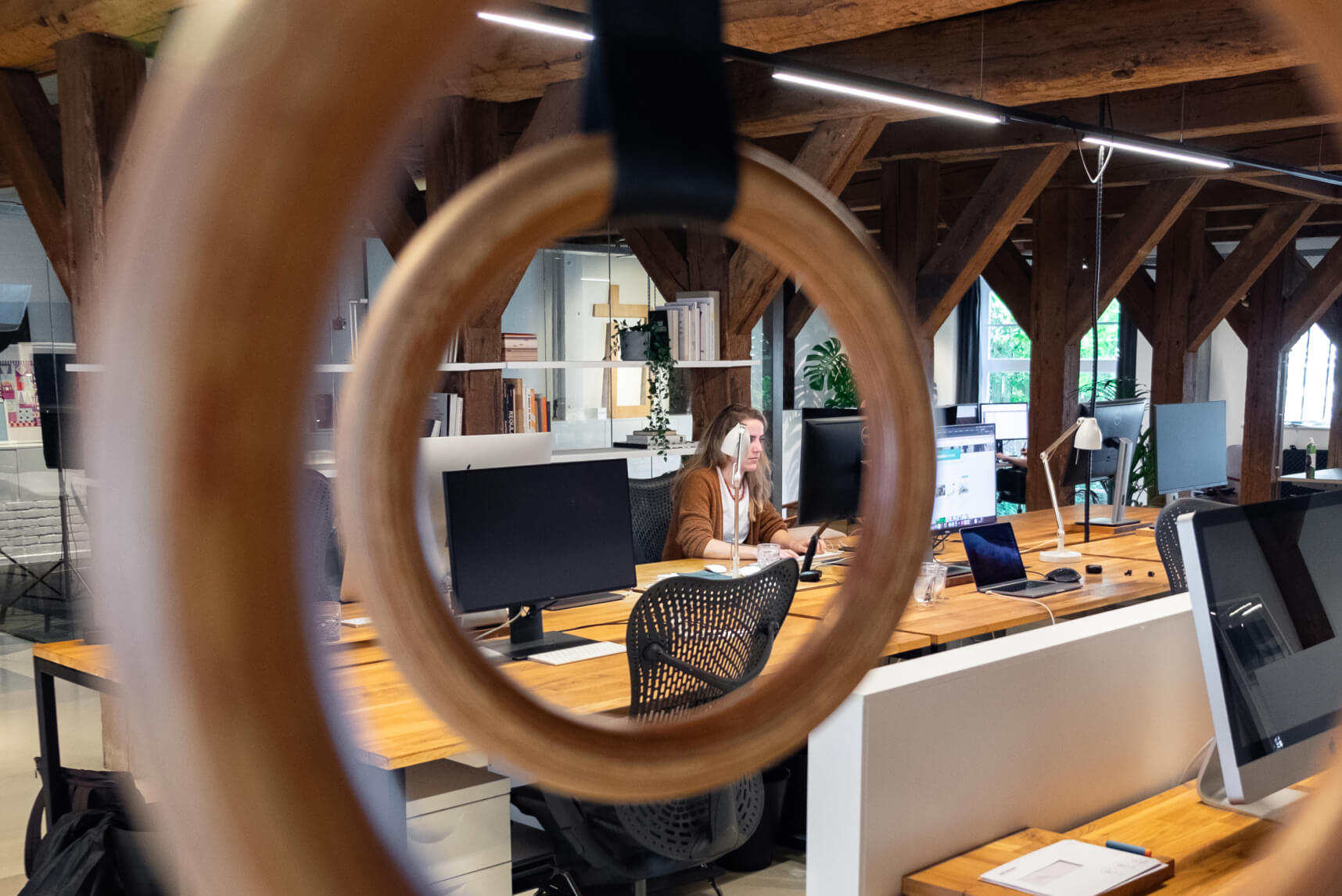

Before we start a Design & Build process, we implement a valuable Discovery Phase to understand the scope of the work. This will result in a fixed price and time span that is precise and realistic. More importantly, you won’t be saddled with any extra costs along the way.
As processes go, we think this is the ideal way forward for our branding services as well as smaller digital products. It’s less appropriate for digital products that require lots of iteration and prototyping. For these projects we recommend using a Continuous Process that allows for more prototyping and quicker ideation, as well as extensive user testing.
We’ve modified our waterfall process to reduce risk and improve results. By dividing phases into ‘fixed’ and ‘flexible’ we make room for more prototyping, iteration, and learning. This makes it a suitable tool for our small to medium size digital services, such as marketing websites.
We love fixed price processes for their transparency and believe the only way to be completely open is to fully understand your goals from the onset. To achieve this, we created our three step Design & Build model:
Tip: It’s not uncommon to start another Design & Development phase once new data becomes available. This makes it great for continuously adapting digital products.
A fixed price process is generally great for projects where the financial risk outweighs all others. Especially in government projects, where time-tracking is important (and sometimes mandatory) the scope has to be clearly defined and documented in advance. As a result, changes or additions aren’t as prevalent. In this case a Discovery Phase which focusses on understanding the user and project goals is a great way to frame specifications and lay out a solid estimation.
Another example that would benefit a Design & Build process is one where a very clear idea of functionality, user needs, and goals (found through a Discovery Phase) is already in place. Based on your specific question, we assess if a fixed price process is the best option for your project.
Fixed price processes are especially good for companies with strict budgets which don’t allow for unexpected costs (often found in Agile or Design Sprint projects).
The fixed price model is not suited for big digital projects, such as apps and custom back-end systems. These often change in scope based on prototyping discoveries and developments of fresh insight into user behavior. The fixed price model doesn’t allow for these continuous developments, because of its predetermined budget. In cases such as these, we recommend considering a Design Sprint process or Continuous Process instead.
Are you interested in working with us? Or do you have doubts about which process best fits your project? Feel free to contact us with all your questions.